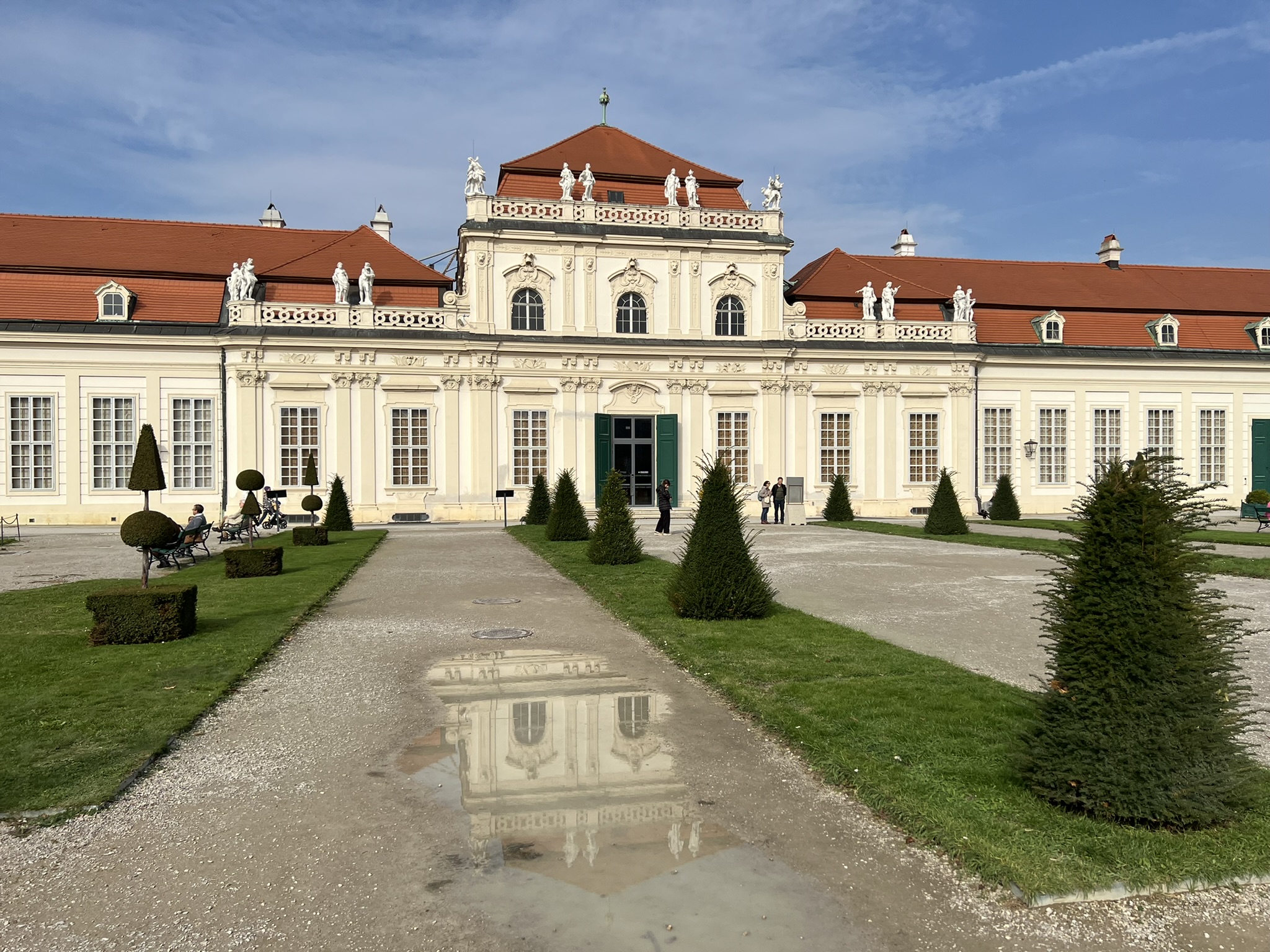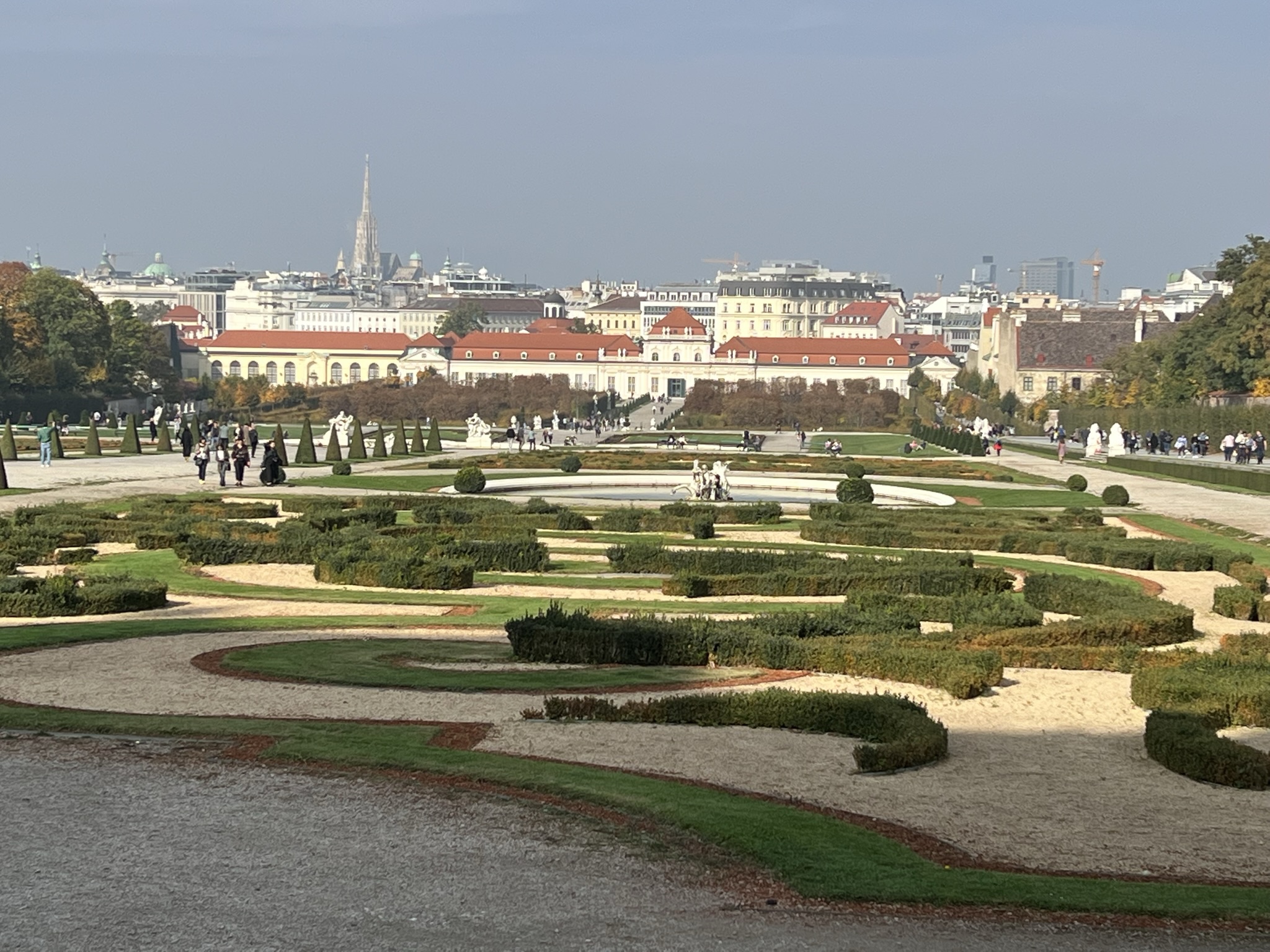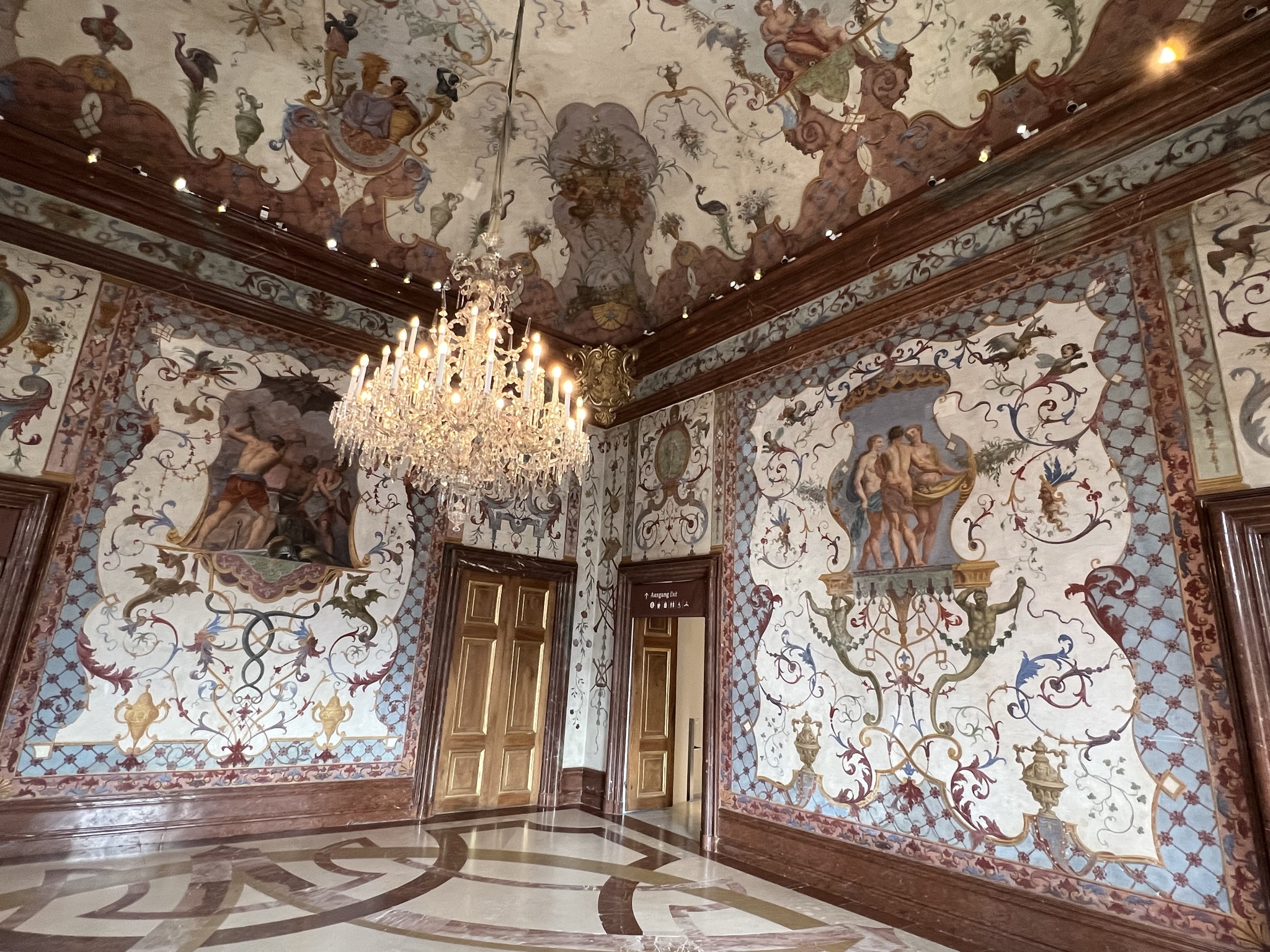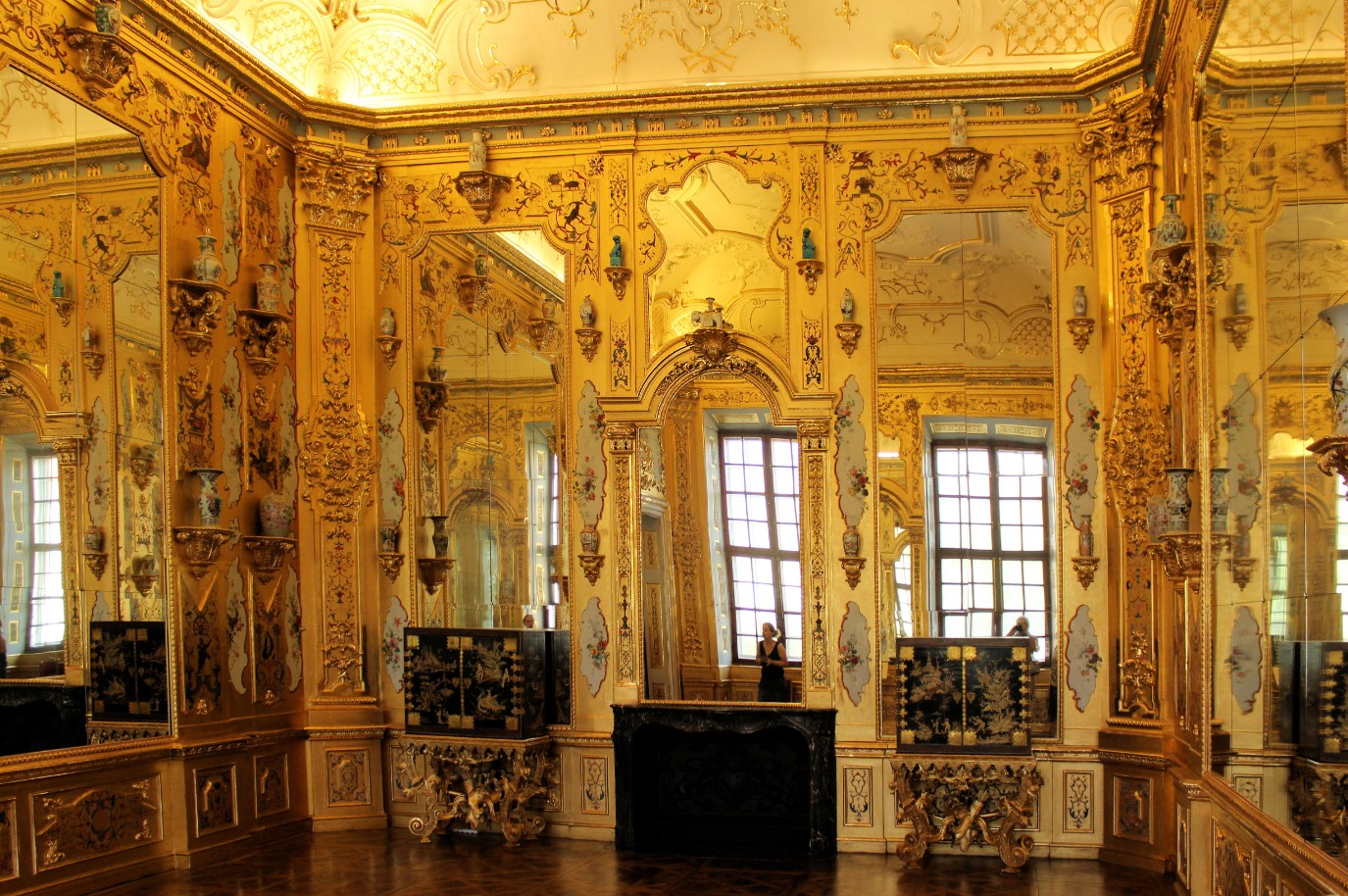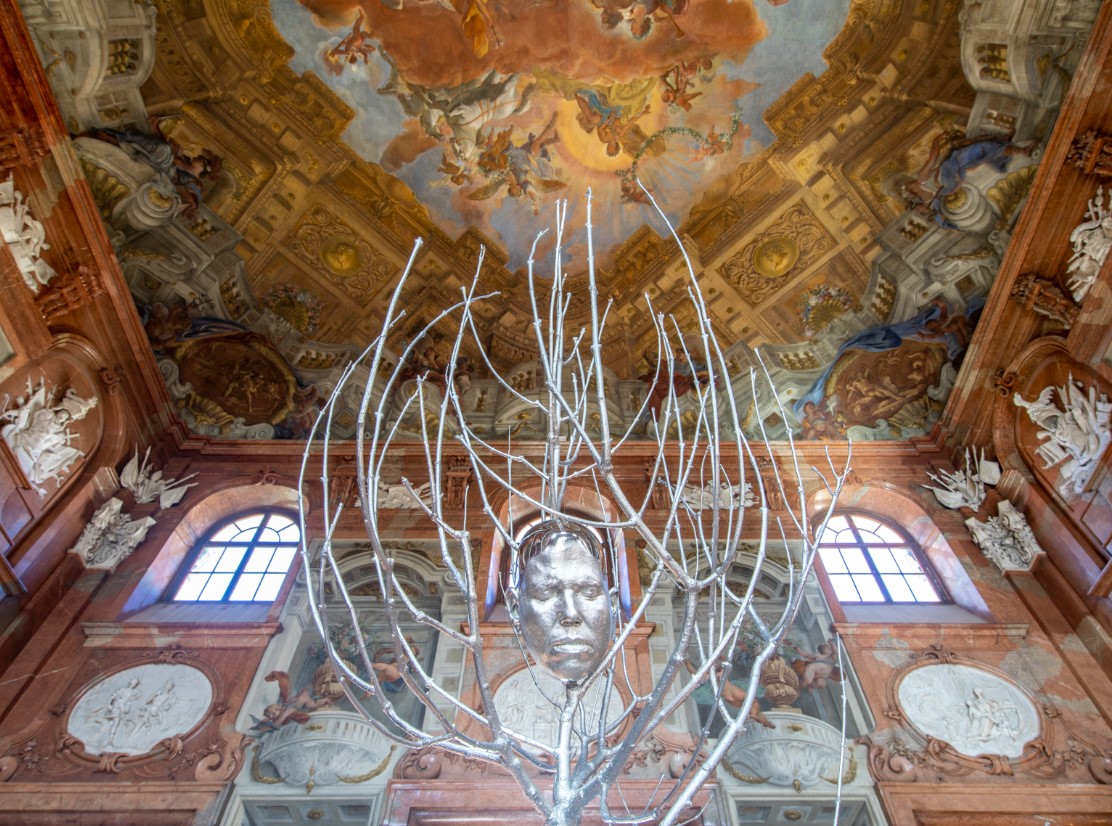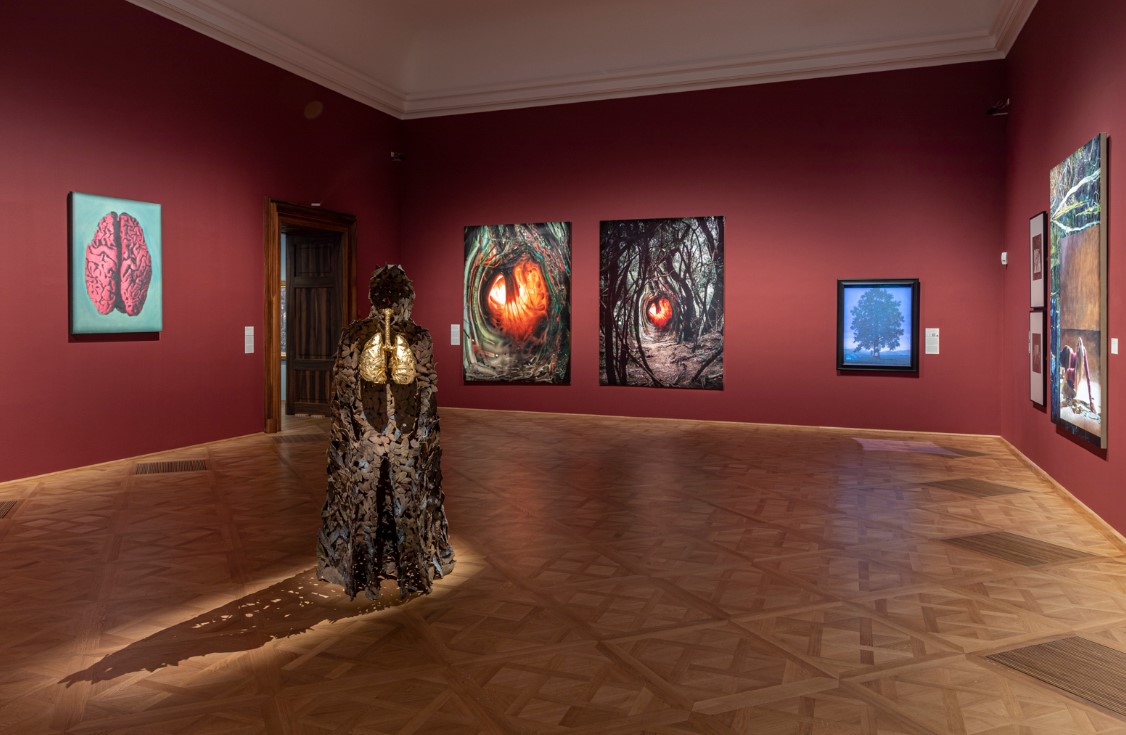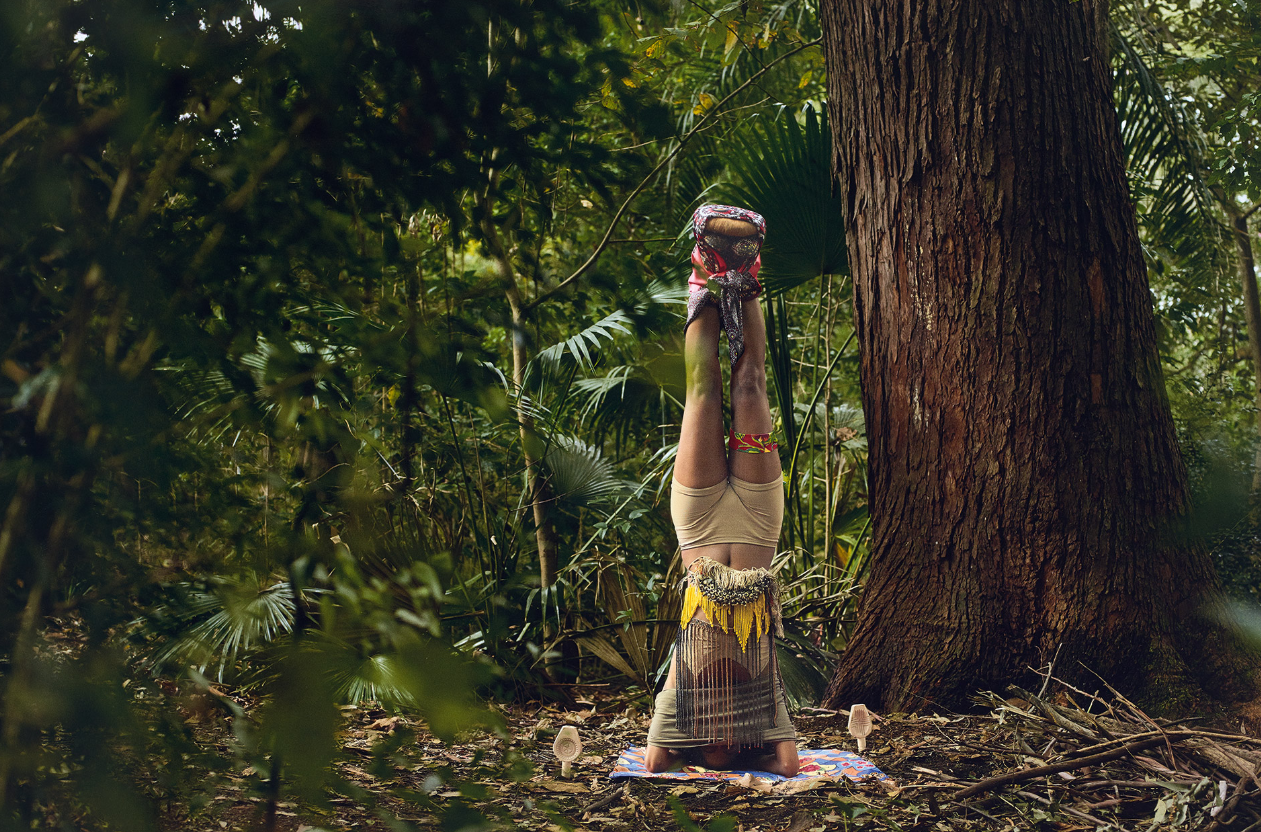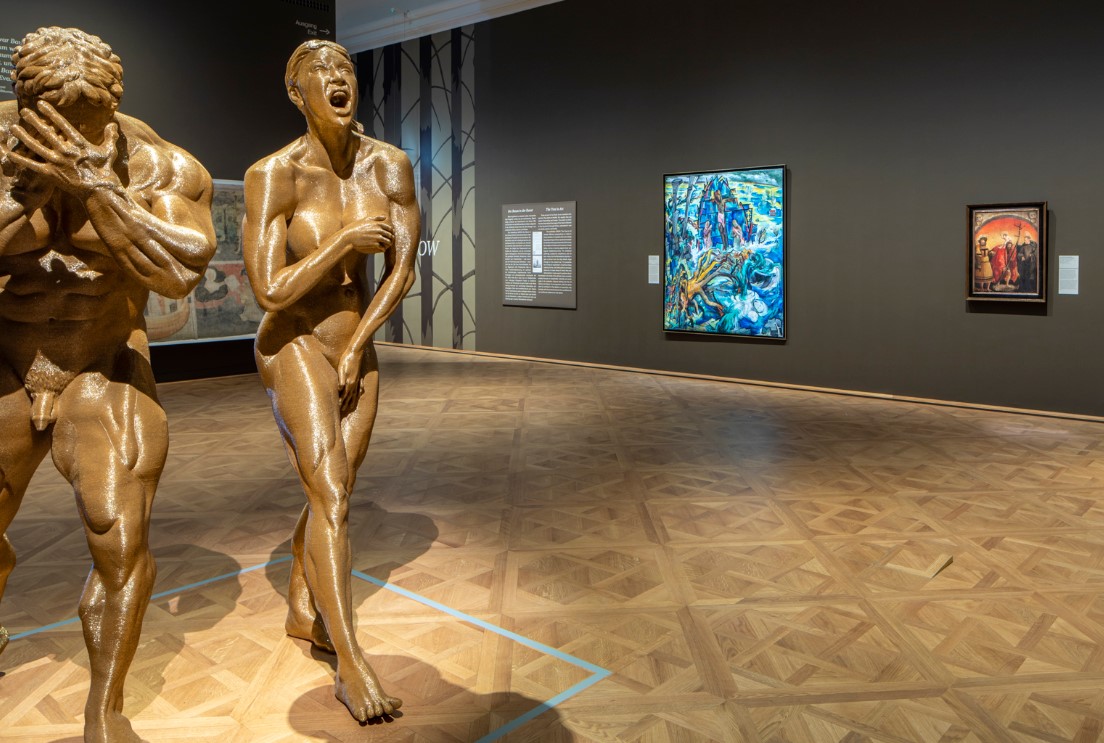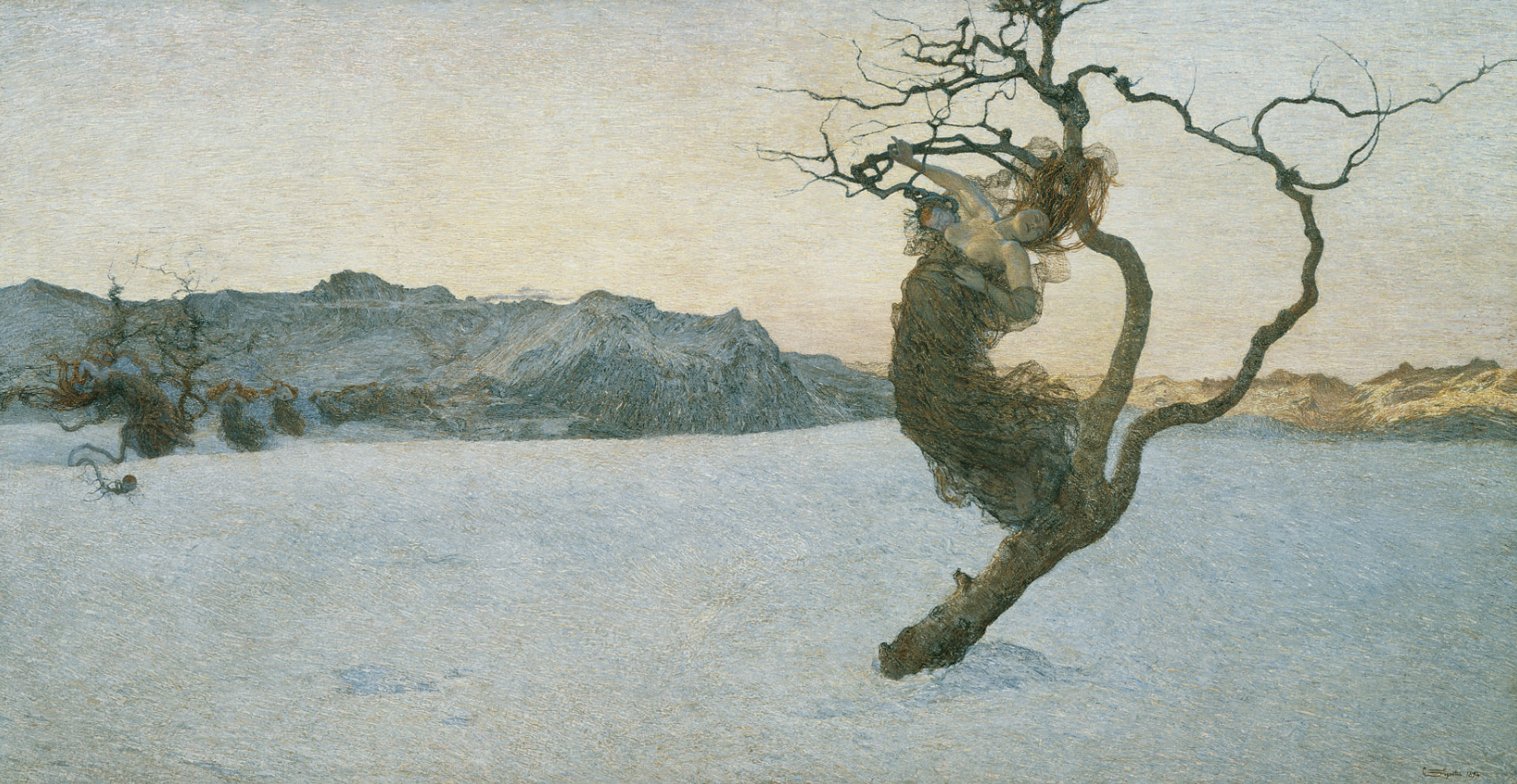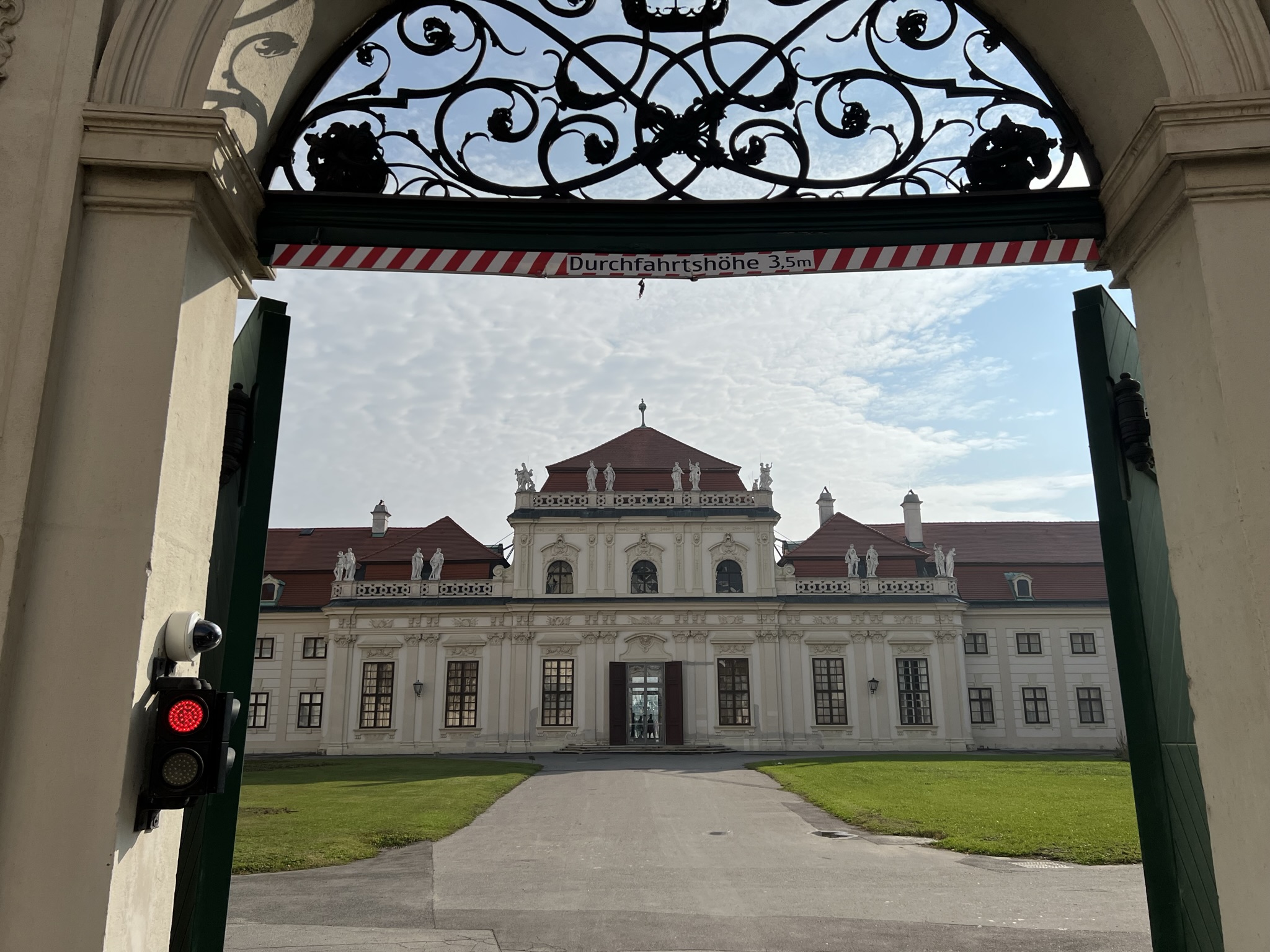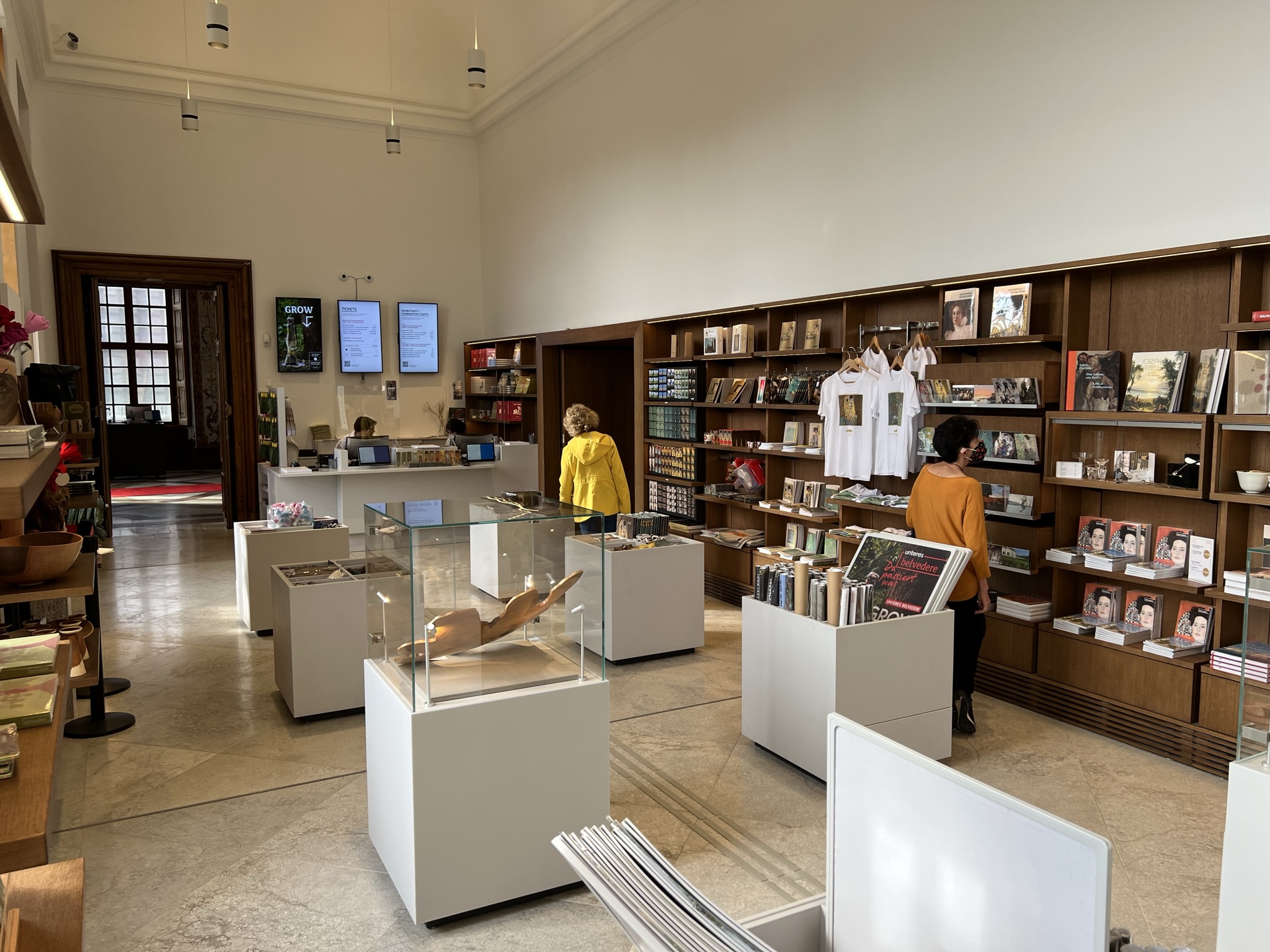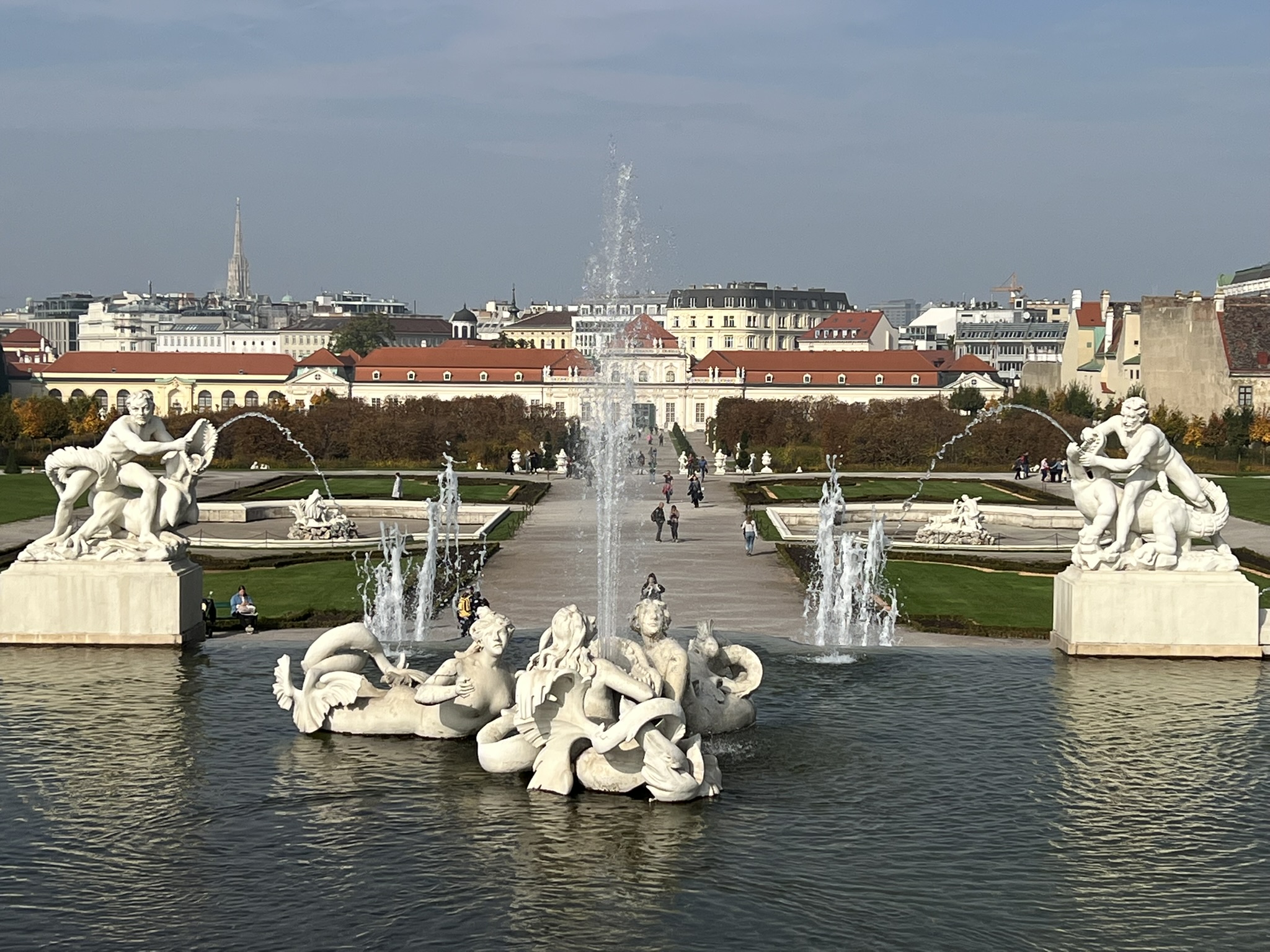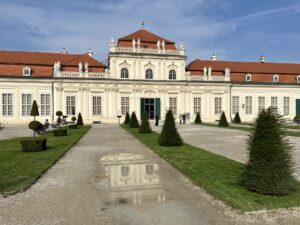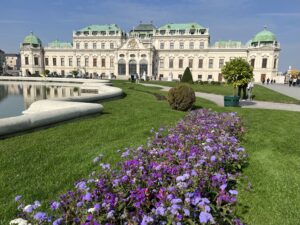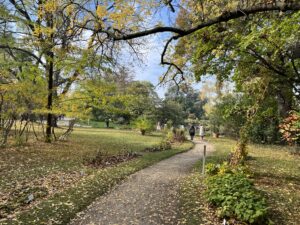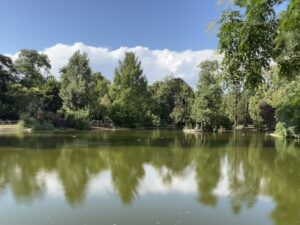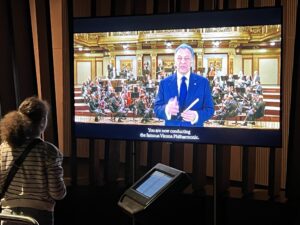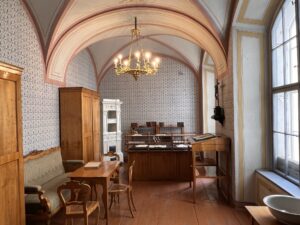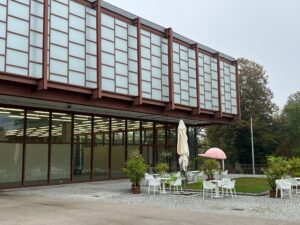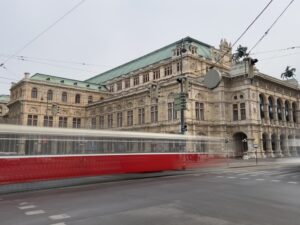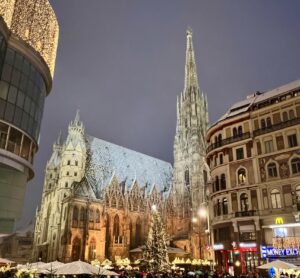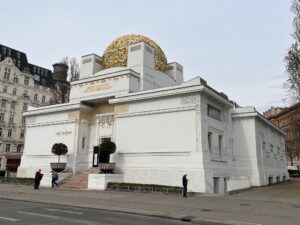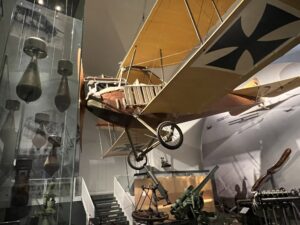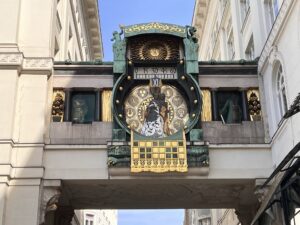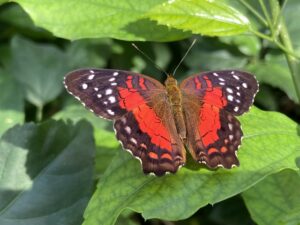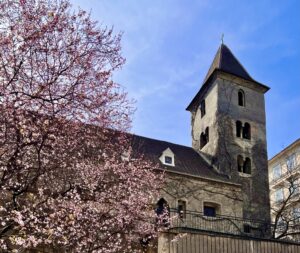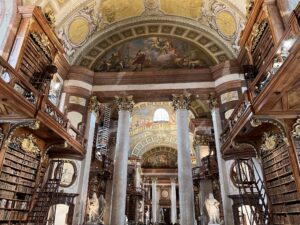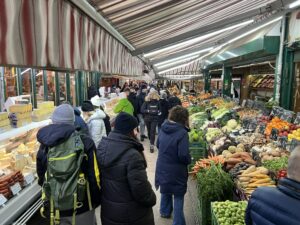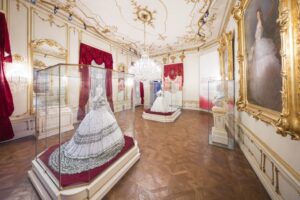Brief information:
- Where is it located? address: Rennweg 6, 1030 Vienna, 1030 Vienna
- What can you see in the Lower Belvedere? This part was Prince Eugene's residential palace. Special exhibitions are held in the Lower Belvedere and the Orangery.
- How much is the entrance fee? Here you can find all Ticket prices.
- When is it open? Here you can find all Opening hours.
The Lower Belvedere impresses with the former living and representation rooms of Prince Eugene, including the Grotesque Hall, the Marble Gallery and the Golden Room. Here and in the Orangery you will find art exhibitions from all eras. Treasures from the Middle Ages await you in the stately stables.
Just like the Upper Belvedere, this part was also built by Johann Lucas von Hildebrandt for Prince Eugene of Savoy.
In contrast to the Upper Belvedere, The exhibitions change here every few months.
The building
Marble Hall
The two-story marble hall was originally used for the official reception of guests. The wall decoration with war trophies and depictions of prisoners refers to Prince Eugene's great successes as imperial commander-in-chief. The ceiling fresco by Martino Altomonte shows Apollo in the sun chariot.
Marble Gallery
The marble gallery with direct access to the chamber garden is also a former representation room of Prince Eugene. The room is divided by three antique statues. Stuccoed war trophies on the walls refer to Prince Eugene's military successes. The ceiling reliefs represent his apotheosis.
Grotesque Hall
In early 18th century Vienna, grotesque paintings were very popular as decorations for sale terrene and garden pavilions. The four seasons are depicted on the ceiling of the Grotesque Hall and the four elements in the corners. The windowless walls show the forge of Vulcan and the Three Graces, embodiments of the principles of masculinity and femininity. The paintings are largely preserved in their original form.
The Gold Cabinet
Maria Theresa had this room adapted and converted into a gold cabinet with mirrors and porcelain. The gold cabinet has remained completely unchanged since 1765.
Orangery
The Orangery was originally a heated winter garden for orange trees. After Prince Eugene's death, the plants were moved to the Pomeranzenhaus in Schönbrunn; the building was used as a stable. Since 2007, the interior of the Orangery has been designed as a modern exhibition hall in the form of a white cube.
Stately Stable
The name of this building comes from its former use: Prince Eugene's personal horses were housed here. Today, valuable works of art from the Medieval Collection are presented in the state stables.

